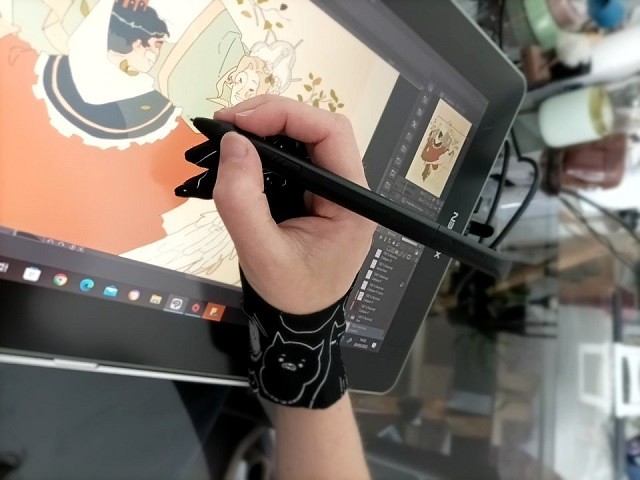Animation is a fascinating and creative field that has captivated audiences for generations. From classic hand-drawn animations to the latest computer-generated wonders, the world of animation offers endless possibilities for storytelling and artistic expression. If you’re an aspiring animator or just curious about how to get started with animation, this article is your comprehensive guide to taking your first steps in this exciting world.
What is Animation?
Before diving into the tips for beginners, let’s start with the basics. Animation is the process of creating the illusion of motion and change by rapidly displaying a sequence of static images. These images can be drawings, illustrations, 3D models, or even photographs. When these images are played in a sequence, they give the impression of movement, making animation a powerful medium for storytelling, entertainment, and education.
1. Choose Your Animation Style
One of the first decisions you’ll need to make as a beginner is to choose your animation style. There are several popular animation styles to consider:
- 2D Animation: This is the traditional, hand-drawn animation style often seen in classic Disney movies. It’s a great choice if you enjoy sketching and want to work on the fundamentals of animation.
- 3D Animation: 3D animation is used in films like Pixar’s “Toy Story” and video games. It involves creating characters and scenes in a 3D environment, giving them depth and realism.
- Stop Motion: In this style, physical objects are moved in small increments and photographed between each movement. It’s a unique and visually engaging form of animation.
- Motion Graphics: Motion graphics combine animation with graphic design. They are widely used in advertising, explainer videos, and title sequences.
Select the style that resonates with your creative interests and goals. Don’t worry if you’re not sure which style suits you best; experimentation is part of the learning process.
2. Gather Your Tools
The next step in getting started with animation is to gather the necessary tools and software. The tools you’ll need depend on your chosen animation style. Here are some general items to consider:
- Computer: Most animations are created digitally, so a reliable computer is essential.
- Drawing Tablet: If you’re into 2D animation, a drawing tablet can be a valuable asset for sketching and creating digital drawings.
- Animation Software: There’s a wide range of animation software available, both free and paid. For 2D animation, you might consider Adobe Animate or Toon Boom Harmony. For 3D animation, Blender is a popular choice.
- Camera and Tripod: If you’re interested in stop motion, you’ll need a camera and a sturdy tripod for capturing your frames.
- Sound Recording Equipment: Good sound can enhance your animation. Invest in a microphone and audio editing software if needed.
3. Learn the Basics
Every animator, no matter their level of expertise, starts by learning the fundamentals of animation. These include:
- Timing: Understanding the principles of timing is crucial. It determines how fast or slow your animation appears on the screen.
- Squash and Stretch: This principle adds a sense of weight and flexibility to objects or characters in your animation.
- Anticipation: Anticipation is the preparation for an action or movement and is key to making animations look realistic.
- Follow Through and Overlapping Action: These principles deal with the aftermath of an action and how different elements continue moving after the main motion is complete.
- Ease In and Ease Out: Animations often begin and end with gradual acceleration and deceleration to make the movement appear more natural.

4. Practice, Practice, Practice
Like any art form, animation improves with practice. Dedicate time to honing your skills and creating small projects to apply what you’ve learned. Start with simple animations, such as bouncing balls or simple character movements, and gradually work your way up to more complex projects.
5. Seek Feedback
Critique and feedback are essential for growth. Share your work with friends, mentors, or online communities dedicated to animation. Constructive criticism can help you identify areas for improvement and gain fresh perspectives on your work.
6. Study and Analyze
Watch animated films, series, and shorts. Analyze the works of renowned animators. Pay attention to their techniques, storytelling, and character development. Learning from the best is a great way to enhance your own skills.
7. Build a Portfolio
Create a portfolio to showcase your best work. A strong portfolio is crucial when applying for jobs or freelance opportunities in the animation industry. It’s your visual resume, demonstrating your skills and style.
8. Stay Informed
The animation industry is continually evolving. Stay updated with the latest trends, tools, and techniques. Attend animation conferences, workshops, and webinars to network with professionals and stay informed about the industry’s developments.
Conclusion
Getting started with animation is an exciting journey that combines creativity, technology, and storytelling. Whether you aspire to work on animated films, video games, or web content, the tips mentioned in this article will provide you with a solid foundation to begin your animation adventure. Remember, patience and dedication are key to mastering this art form. So, grab your tools, start practicing, and let your imagination come to life through animation. If you are interested in learning more about animation, check out http://shihou-mizuki.com/ for further info.


